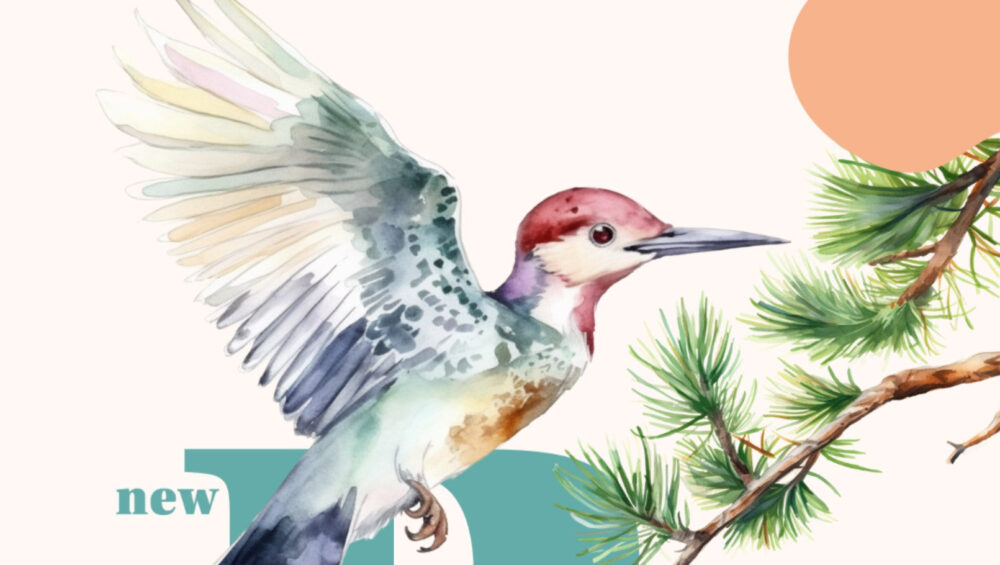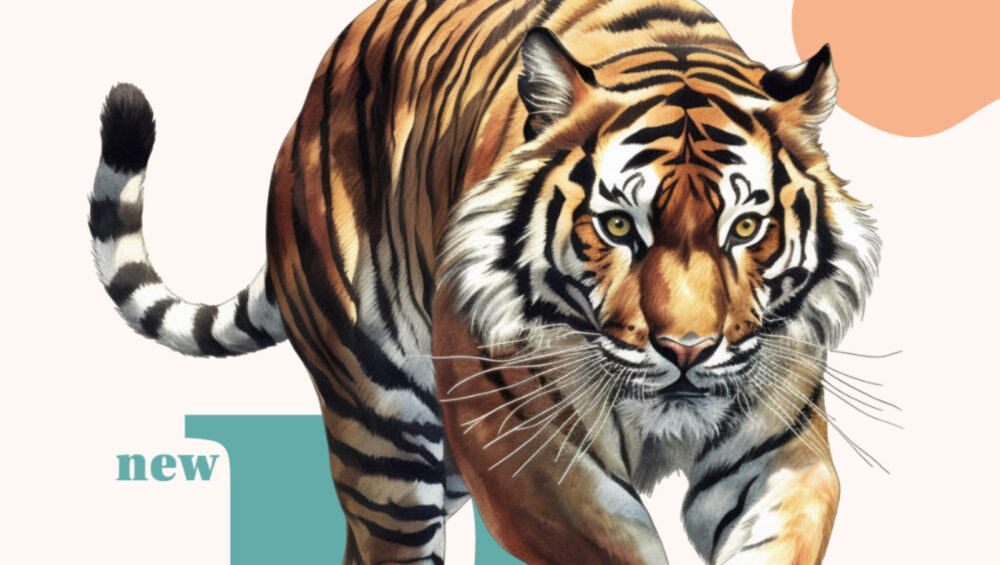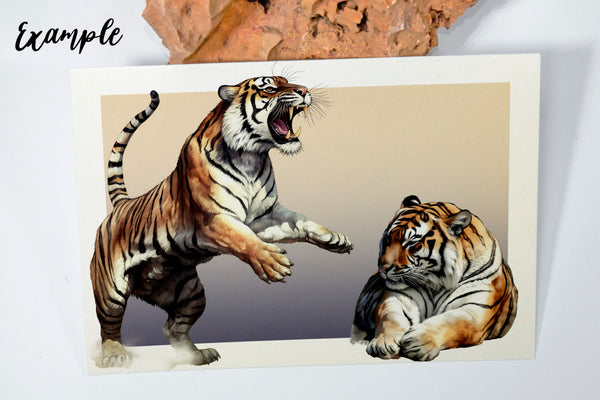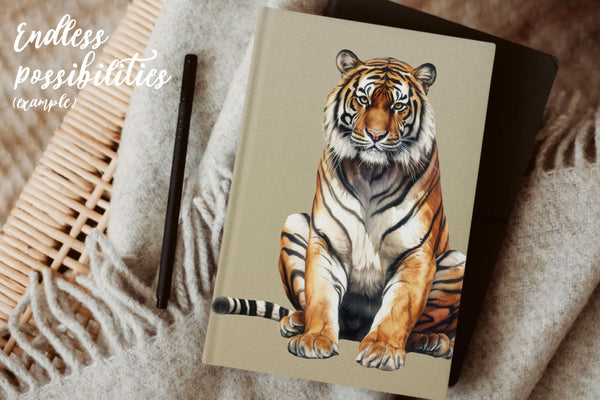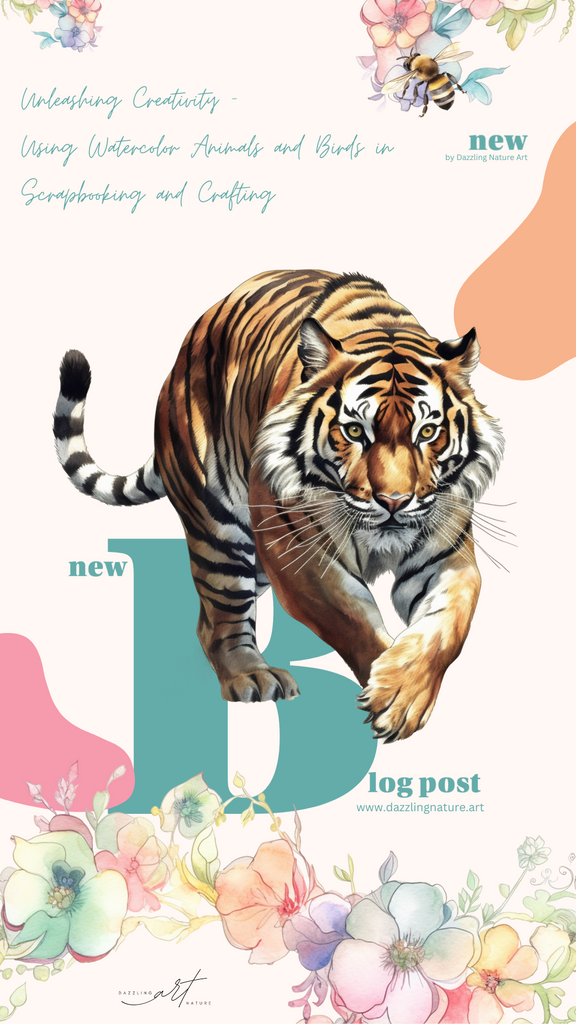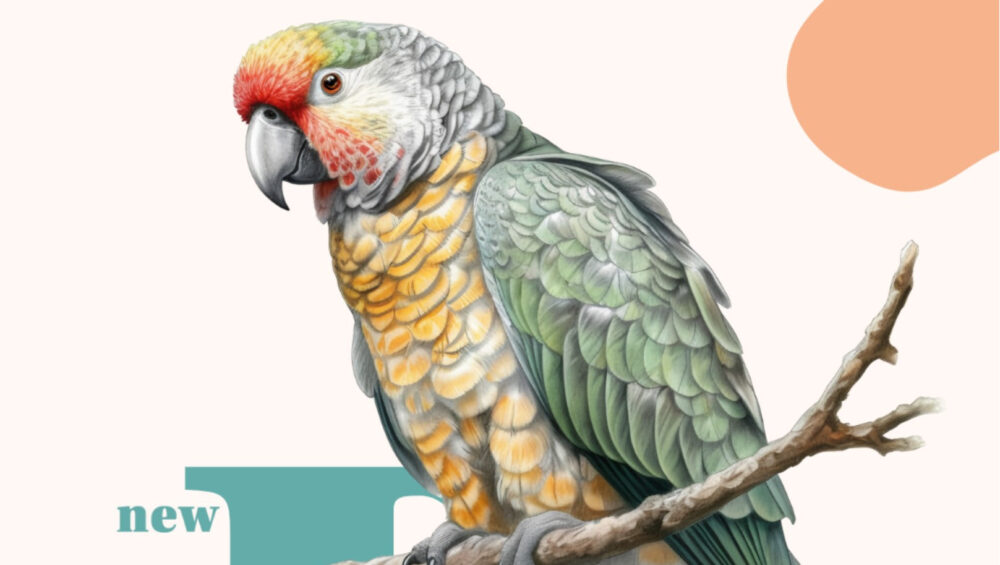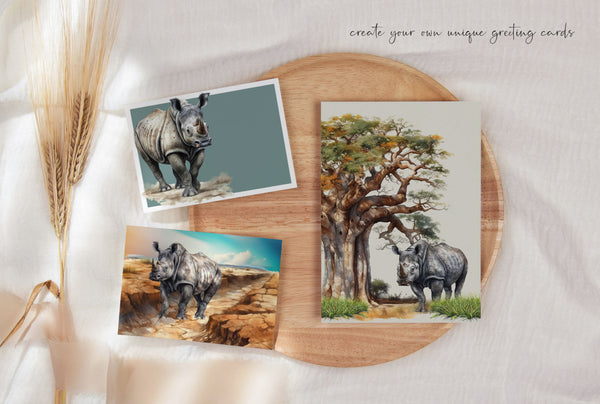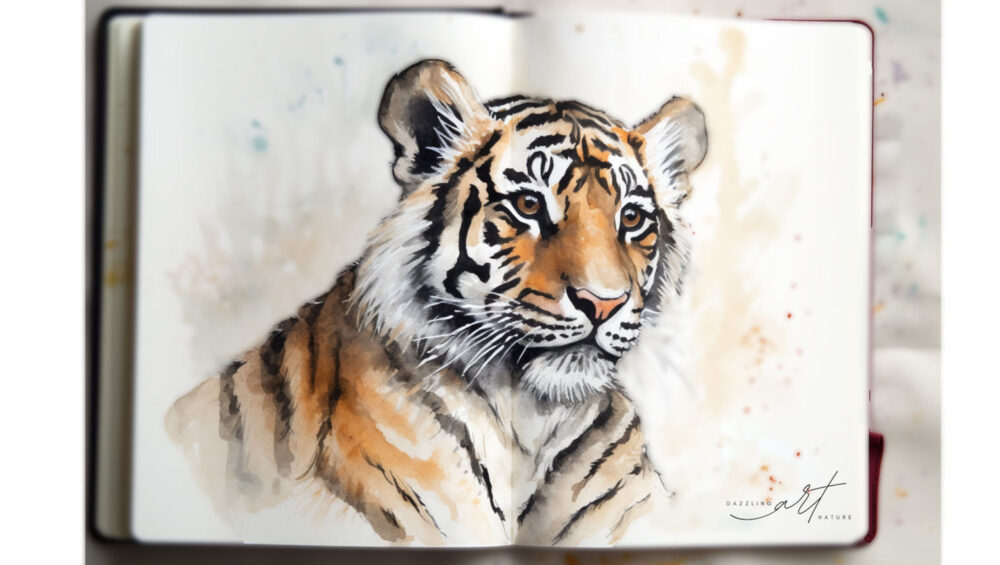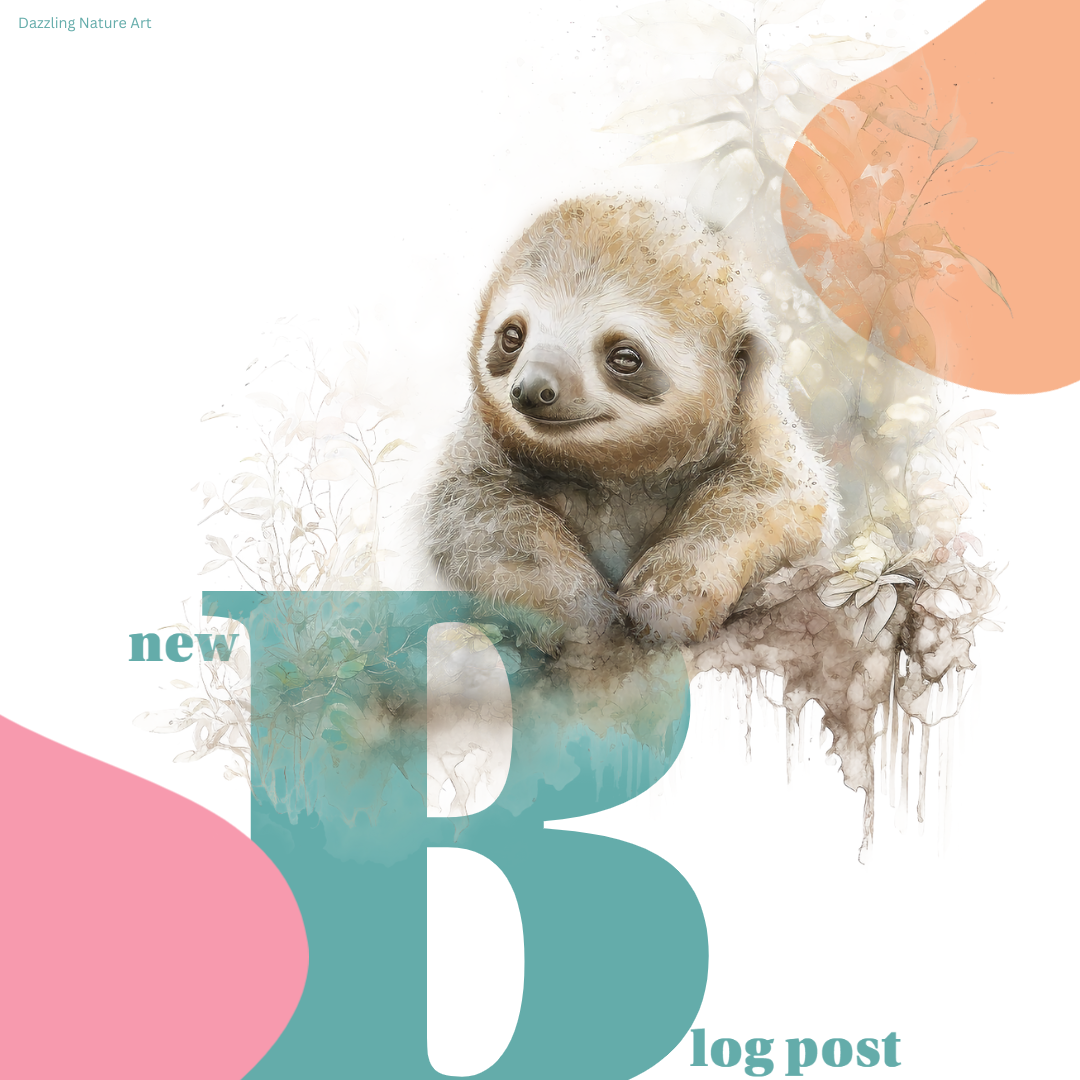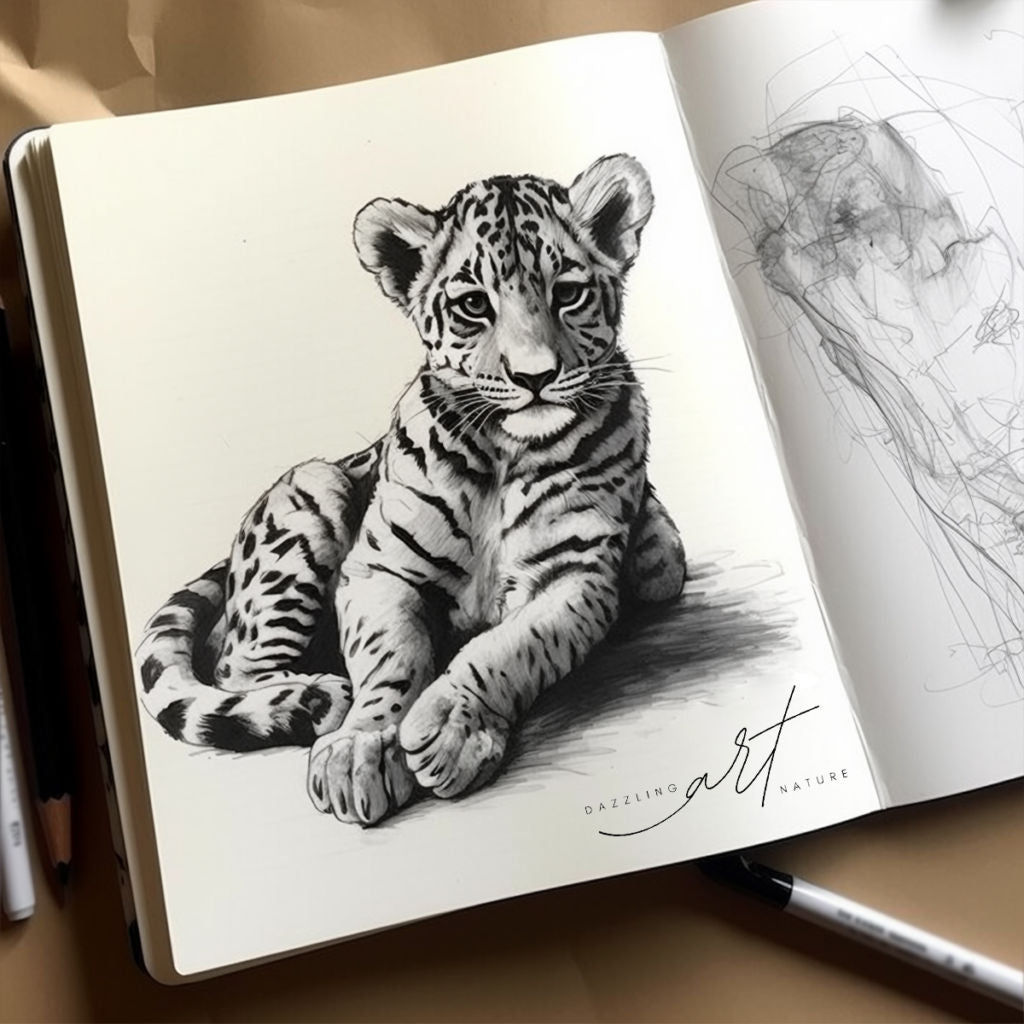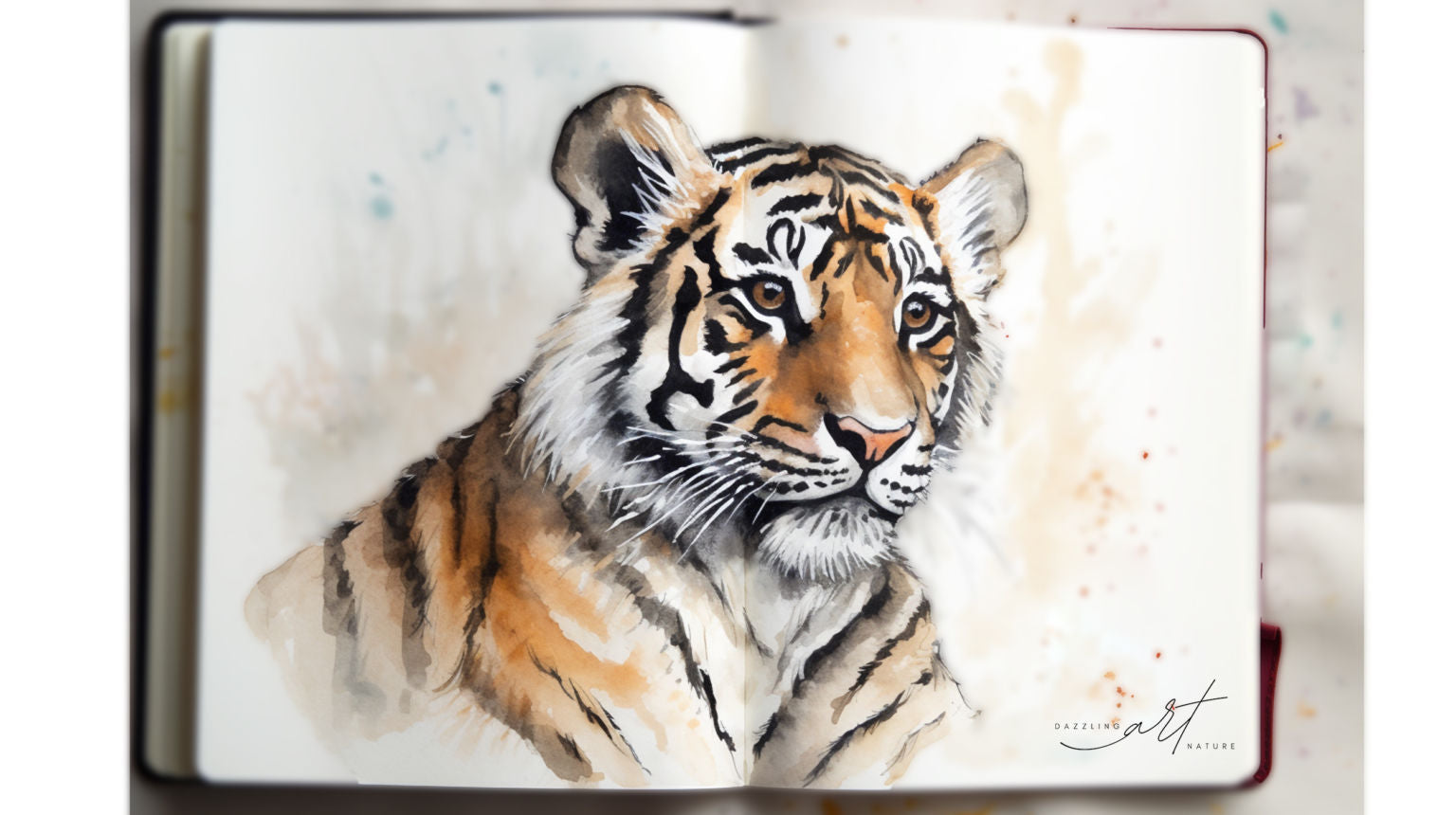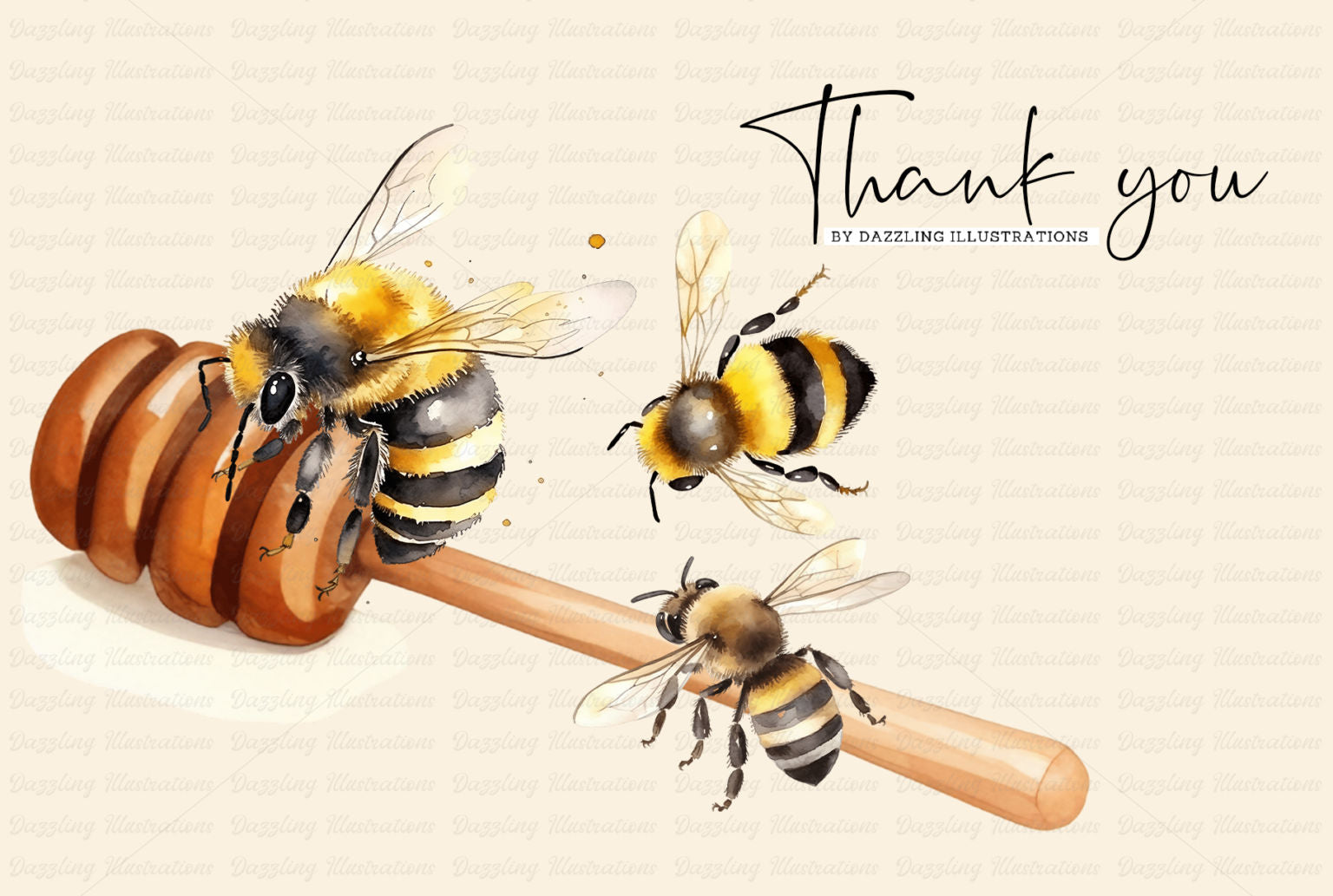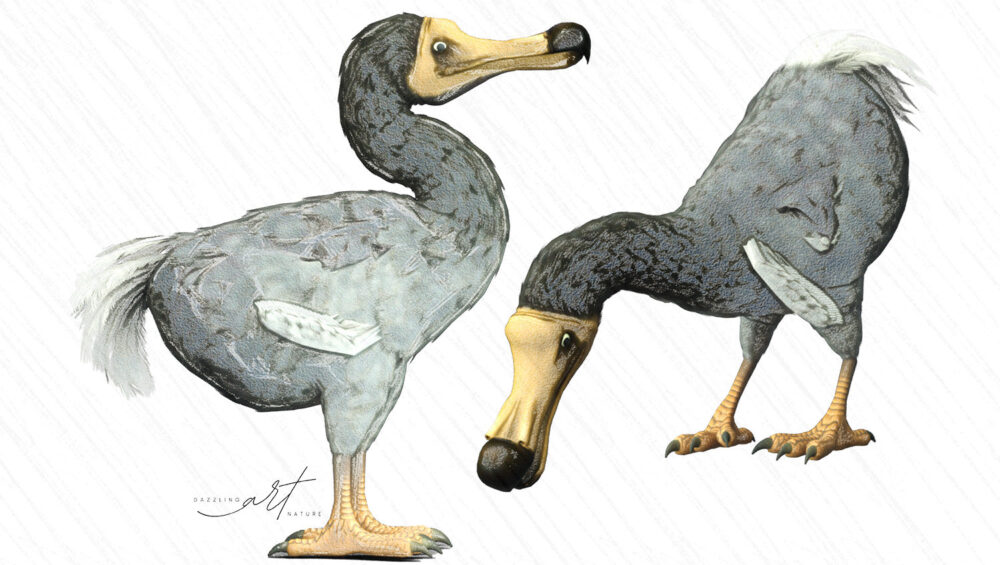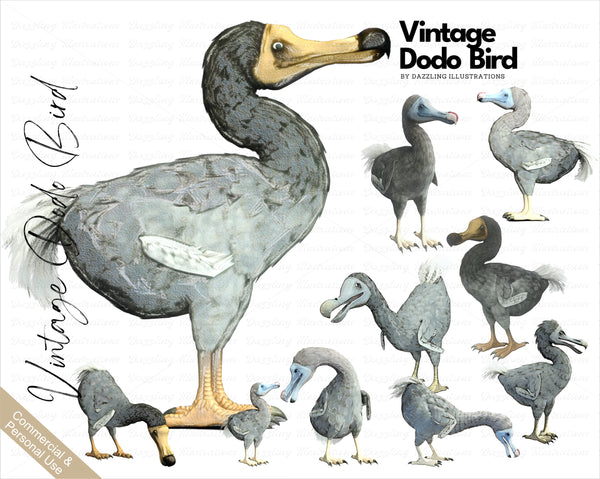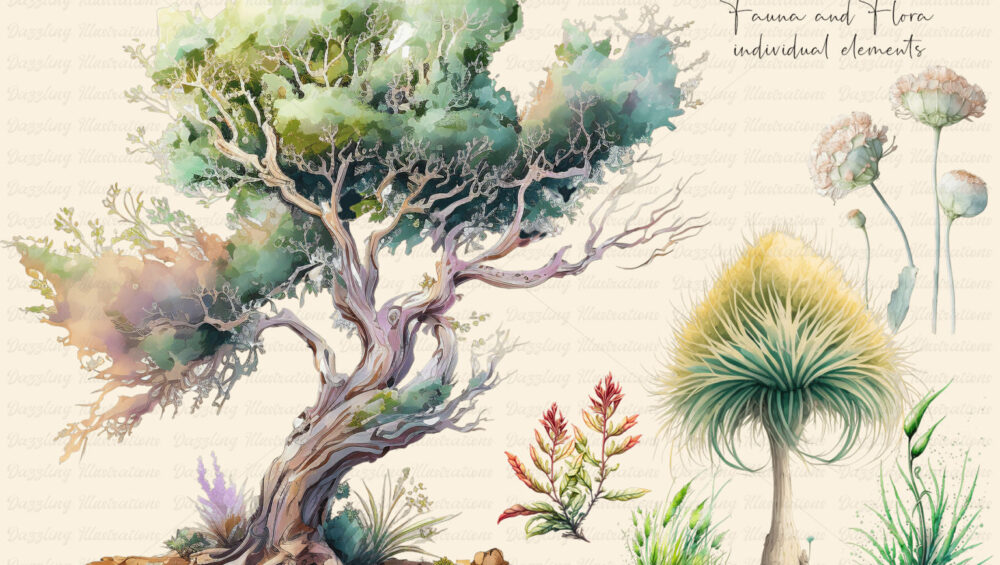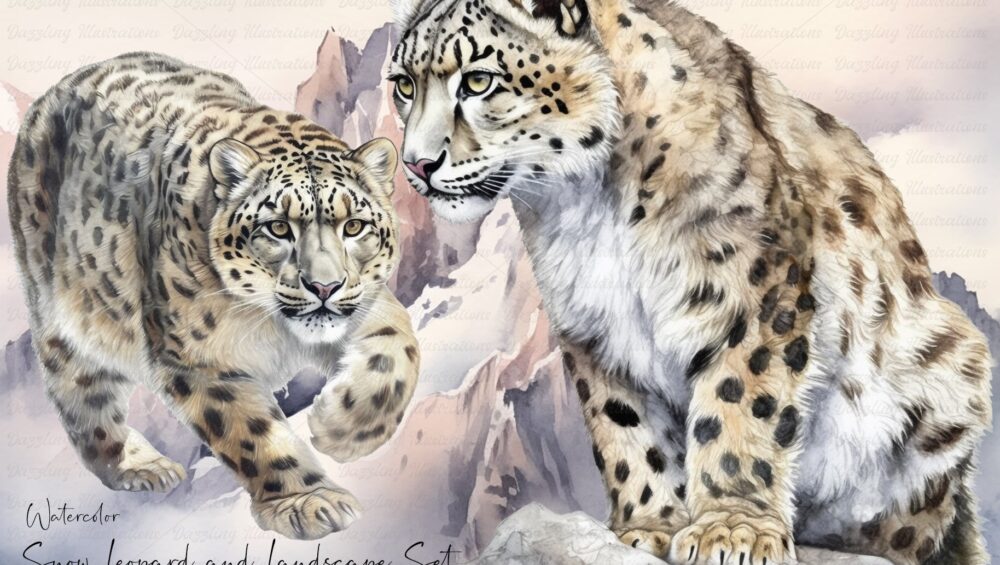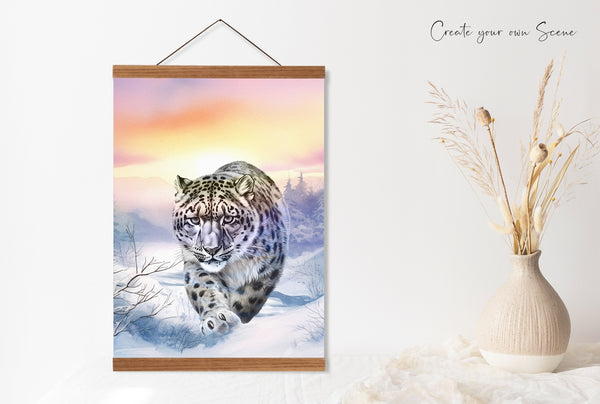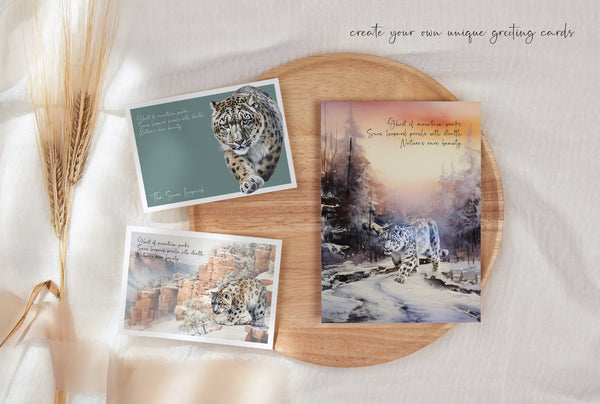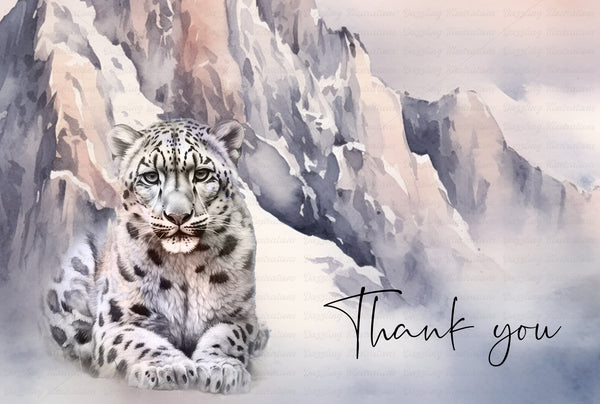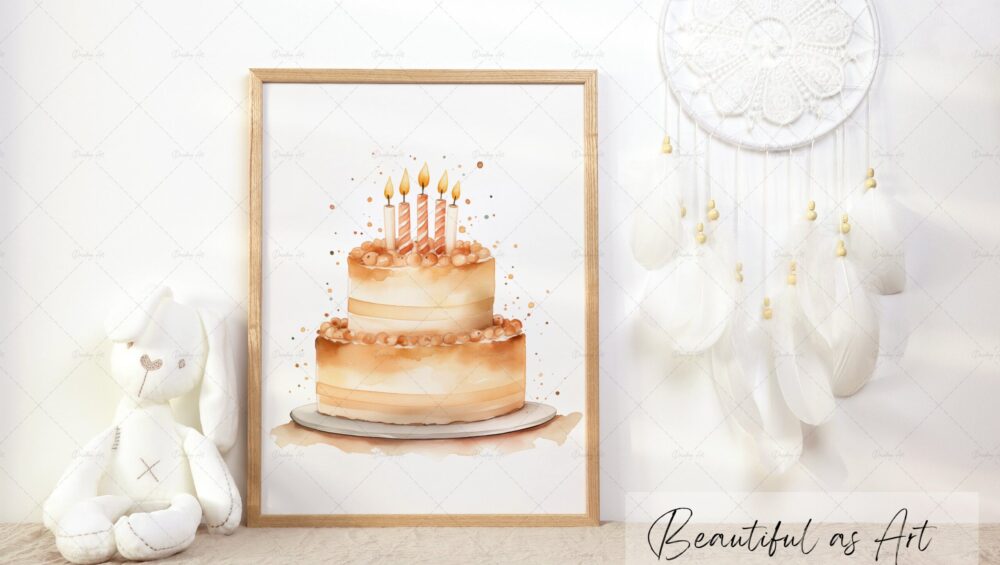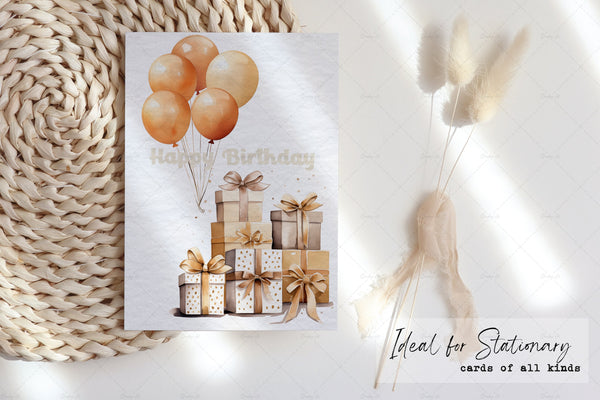Unlocking the boundless potential of creativity is a pursuit cherished by artists and enthusiasts alike. Whether you’re an aspiring painter, a DIY aficionado, or simply seeking ways to tap into your creative side, discovering how to be creative is a thrilling journey of self-expression.
In this blog post, I will explore effective strategies and techniques to ignite and nurture your creativity, empowering you to infuse innovation and imagination into any project you undertake.

-
Embrace Inspiration: Cultivating a Creative Mindset To be creative, one must cultivate a receptive and curious mindset. Seek inspiration from various sources: nature, art, literature, or even everyday experiences. Allow your senses to be engaged and your mind to wander freely. Embrace the beauty in the world around you and let it fuel your imagination. By immersing yourself in diverse stimuli, you’ll stimulate fresh ideas and perspectives, nurturing a rich foundation for creativity.
-
Embrace a Playful Approach: Embracing Creative Techniques Creativity thrives in an environment of playfulness and experimentation. Embrace different techniques that encourage imaginative exploration, such as brainstorming, mind mapping, or free-writing. These exercises can help break free from self-imposed limitations and allow ideas to flow more freely. Be open to unorthodox approaches and don’t shy away from trial and error – it’s often through the process of experimentation that breakthroughs occur.
-
Embrace Collaboration: Leveraging the Power of Collaboration Collaboration can amplify creativity exponentially. Engaging with like-minded individuals or joining creative communities opens doors to fresh perspectives and inspiration. Embrace opportunities to share ideas, receive feedback, and collaborate on projects. Through the exchange of ideas and collective creativity, you’ll unlock new levels of innovation and challenge yourself to think beyond your usual boundaries.
-
Embrace Reflection: Cultivating Self-Awareness and Growth Reflecting on your creative process is essential for growth and refinement. Set aside time to review your work, assess what worked well, and identify areas for improvement. Celebrate your achievements and learn from setbacks. By understanding your strengths and weaknesses, you can make informed decisions about future projects and continuously evolve as a creative individual.
-
Embrace Mindfulness: Creating Space for Inspiration In our fast-paced world, it’s crucial to create space for stillness and mindfulness. Find moments of solitude to reflect, recharge, and allow ideas to emerge organically. Engage in activities like meditation, journaling, or nature walks to cultivate a sense of presence and clarity. Embracing mindfulness opens channels for inspiration, connecting you to your inner creativity and enhancing your ability to express it authentically.

Conclusion
Embracing creativity is an empowering journey that enriches every aspect of life. By adopting a receptive mindset, embracing playfulness, seeking collaboration, reflecting on your process, and cultivating mindfulness, you’ll unlock the full potential of your creativity. Through these practices, you’ll discover that creativity knows no boundaries and can be nurtured in any project or endeavor you undertake. So, embark on this transformative path, embracing the joy and wonder of being creative, and let your imagination soar to new heights of innovation and self-expression.


